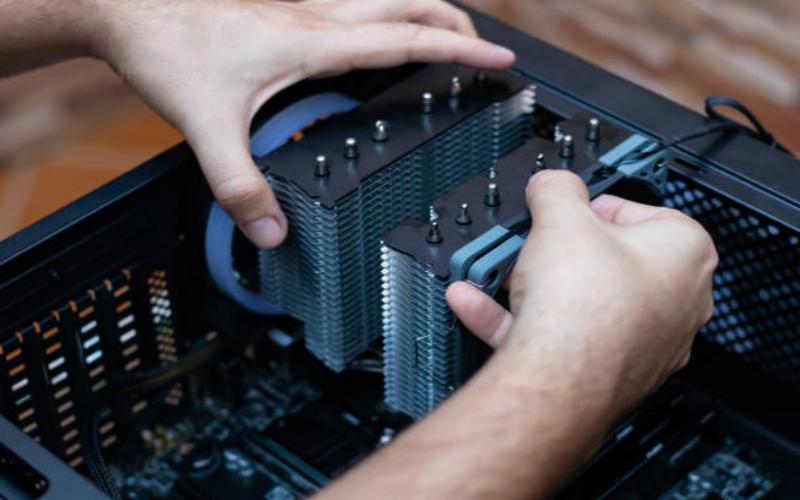The Importance of Electronic Heat Sinks in Modern Technology
In the world of electronic devices and technology, heat management is a critical aspect that determines the performance and lifespan of electronic components. One essential tool used to dissipate excess heat and maintain optimal operating temperatures is the electronic heat sink. This article will explore the various aspects of electronic heat sinks and their crucial role in ensuring the efficient functioning of electronic devices.
Understanding the Concept of Heat Dissipation
Before delving into the specifics of electronic heat sinks, it is crucial to understand the concept of heat dissipation. When electronic components such as CPUs, power transistors, or integrated circuits operate, they generate heat due to electrical resistance. If this heat is not efficiently dissipated, it can lead to overheating, reduced performance, and even permanent damage to the components. Heat sinks play a vital role in dissipating this heat and preventing such issues.
What Exactly Is an Electronic Heat Sink?
An electronic heat sink is a passive heat exchanger that helps transfer heat generated by electronic components to the surrounding environment. It is usually made of a thermally conductive material, such as aluminum or copper, which efficiently conducts and dissipates heat. Heat sinks are designed with fins or other extended surfaces to increase their surface area, allowing for more effective heat dissipation.
The Working Principle of Electronic Heat Sinks
The working principle of an electronic heat sink is based on the fundamental laws of thermodynamics, particularly the principle of heat transfer through conduction. When a heat sink is attached to an electronic component, it creates a direct thermal pathway for the heat to flow away from the component. The heat is then transferred from the component to the heat sink through conduction and further dissipated into the surrounding air through convection and radiation.
Types of Electronic Heat Sinks
Electronic heat sinks come in various shapes and sizes, each designed to cater to specific needs and requirements. Some common types of heat sinks include extruded heat sinks, stamped heat sinks, bonded fin heat sinks, and folded fin heat sinks. The choice of heat sink depends on factors such as the power dissipation requirements, available space, and airflow conditions within the electronic device.
The Role of Thermal Interface Materials
To enhance the efficiency of heat transfer between electronic components and heat sinks, thermal interface materials (TIMs) are often used. TIMs fill the microscopic air gaps and imperfections between the component and the heat sink, ensuring better thermal contact and reducing thermal resistance. Common TIMs include thermal greases, thermal pads, and phase change materials, each with its own unique properties and applications.
Applications of Electronic Heat Sinks
Electronic heat sinks find applications in various industries and electronic devices. They are commonly used in computers, servers, mobile phones, LED lights, power amplifiers, automotive electronics, and many other electronic systems. Any device or system that generates heat due to electronic components can benefit from the implementation of heat sinks to prevent thermal issues and ensure reliable performance.
The Importance of Proper Heat Sink Design
Designing an effective heat sink involves considering multiple factors such as the thermal requirements of the components, available space, airflow conditions, and the heat sink's material and geometry. A well-designed heat sink can significantly improve the thermal performance of electronic devices, leading to better reliability, longer lifespan, and improved overall efficiency.
Advancements in Electronic Heat Sink Technology
With the continuous advancements in technology, electronic heat sink designs have evolved to meet the ever-increasing demands for efficient heat dissipation. Innovations such as liquid cooling systems, phase change materials, and advanced fin designs have revolutionized the field of heat sink technology. These advancements have enabled the development of smaller, more powerful electronic devices without compromising on thermal management.
In Conclusion
Electronic heat sinks play a crucial role in maintaining the optimal operating temperatures of electronic components. By effectively dissipating heat and preventing overheating, they ensure the reliable performance and longevity of electronic devices. The choice of the right heat sink and proper design are essential considerations for any electronic system, allowing for efficient heat management and improved overall performance.

